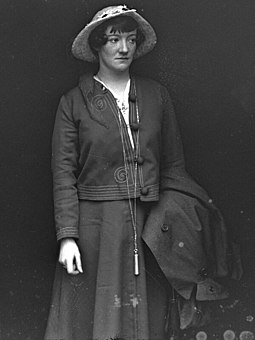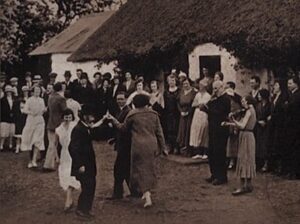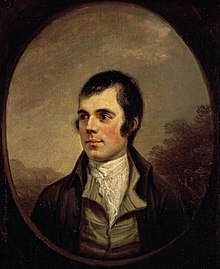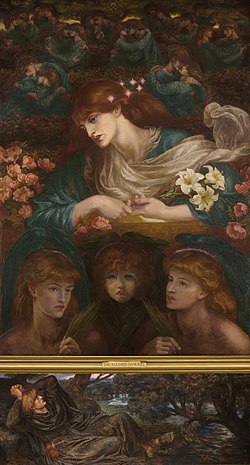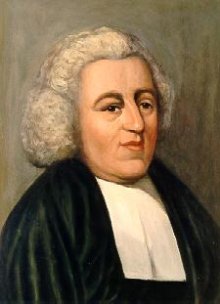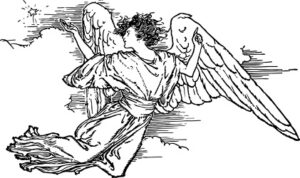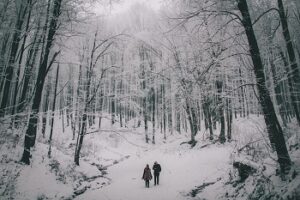
You’ll probably think as you read the lyrics below that they sound familiar, and you’d be right. This song has had a very long and popular life, starting with its first publication in the 1880’s. The most recent incarnation has been as the theme song for the long-running drama Outlander, based on a series of novels by Diana Gabaldon. I’m not going to deal with anything outside of the actual historical origins of the song, as there’s plenty to say just in that area.
The short version of the story behind the lyrics is that it centers around the Battle of Culloden in 1746, in which the Scots were soundly defeated by a much-larger English force. The battle had come about through an attempted restoration of the Stuart dynasty to Britain’s throne, with the Scottish forces being led by Charles Stuart, or “Bonnie Prince Charlie” (and often referred to in the material below as “BPC.”) It’s an incredibly complicated bit of history that I won’t go into in detail here. If you’d like to get a more thorough overview of the events referred to in the song, let me direct you to a post I wrote several years ago that tells the story behind yet another very famous song associated with this battle: “I’ll Take the High Road and You’ll Take the Low Road.”

